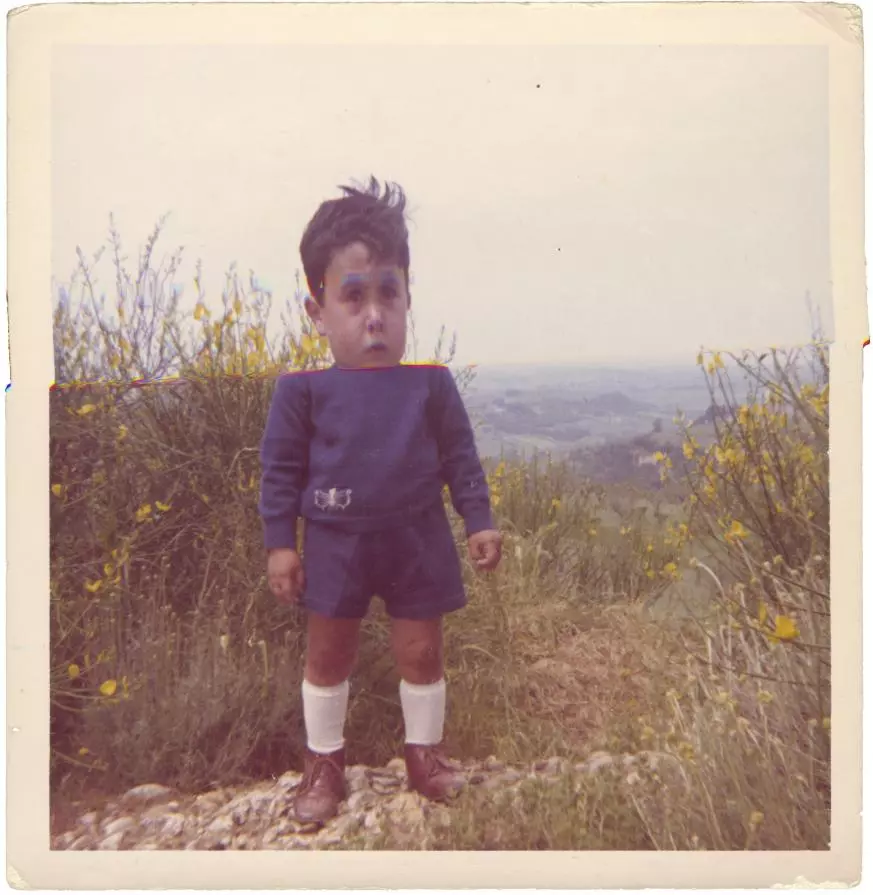
Fail
According to Plato, “knowing” is basically “remembering”. Without memories we do not exist.
Memory is what does not let us keep our experience out from the world, from our family, our friends, places, words, emotions and everything we have gained that gives shape to our biography and defines our unique and unmistakable mark. It is not by chance that those who lose their memory look like lost and sometimes like strangers.
In fact, memories are corroded with repetition and therefore since ancient times the communities made great efforts to hand down, preserve, transcribe, store memories. Oral tradition, writings, engravings, arts, architecture, they all represent types of collective memory. On the contrary, individual memory storage is a recent conquest, whose current widespread and endemic diffusion is mainly due to photography rather than literacy and transmission of memories through letters and diaries.
This is making us reflect on the fact that technology is substituting personal memories, since the present moment can be immediately shared through external or virtual devices and efforts in remembering are no longer necessary. Now the device is the one which has to remember on our behalf. Surely, everything seems more accessible, but for how long?
Nonetheless, memory is no longer the place for thoughts that explain who we are, but rather an open air storage for images that show the idea we made of ourselves through other people. Therefore, when memory is deprived of the aim of identifying the past, dematerialized and fragmented itself, it stops being the source of our own secret and inner truth.
Through a series of transfiguring images recovered from broken drivers, scanning mistakes and other technical mischiefs, Stefano Parrini shows us a different memory view, where the memories language is stutterer and unintelligible. Their limits are vague, blurred, shattered, segmented. Maybe scattered. Maybe lost already.
Text by Steve Bisson
Translation by Marta Mainenti
 Share / Save
Share / Save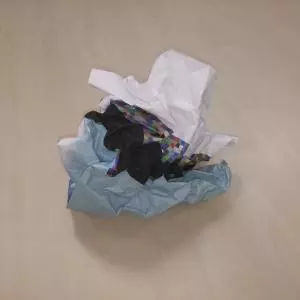
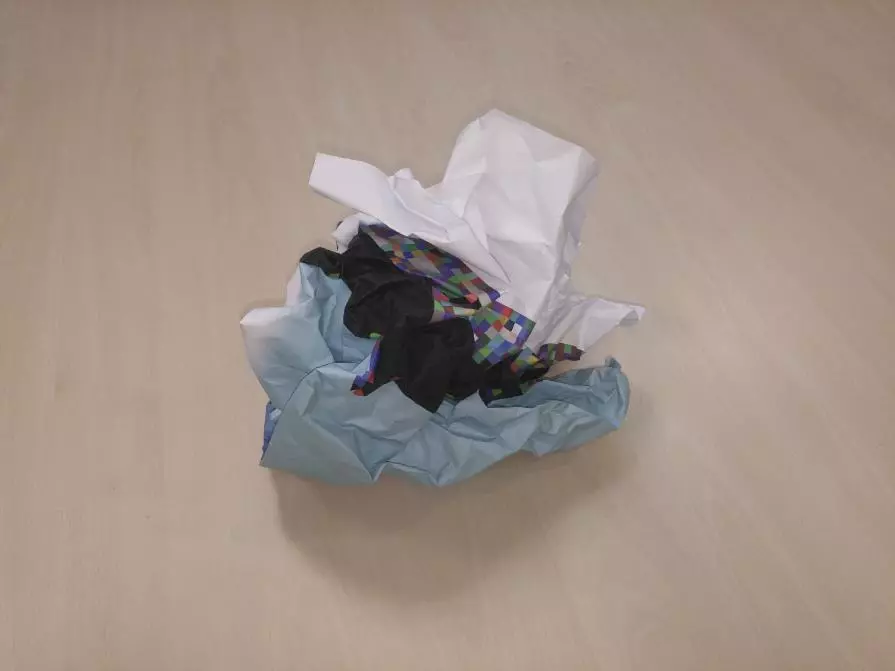
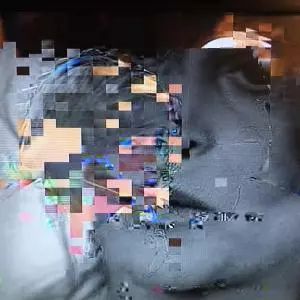
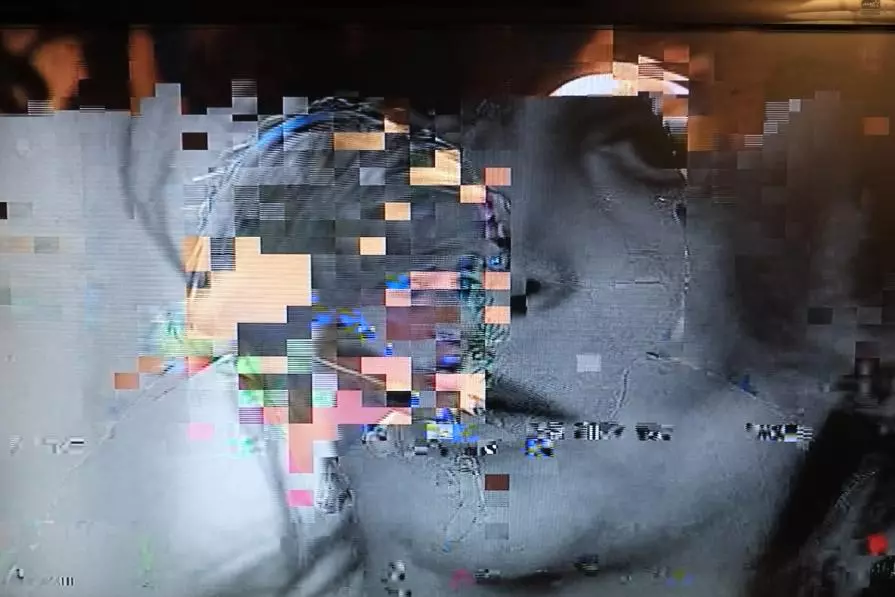

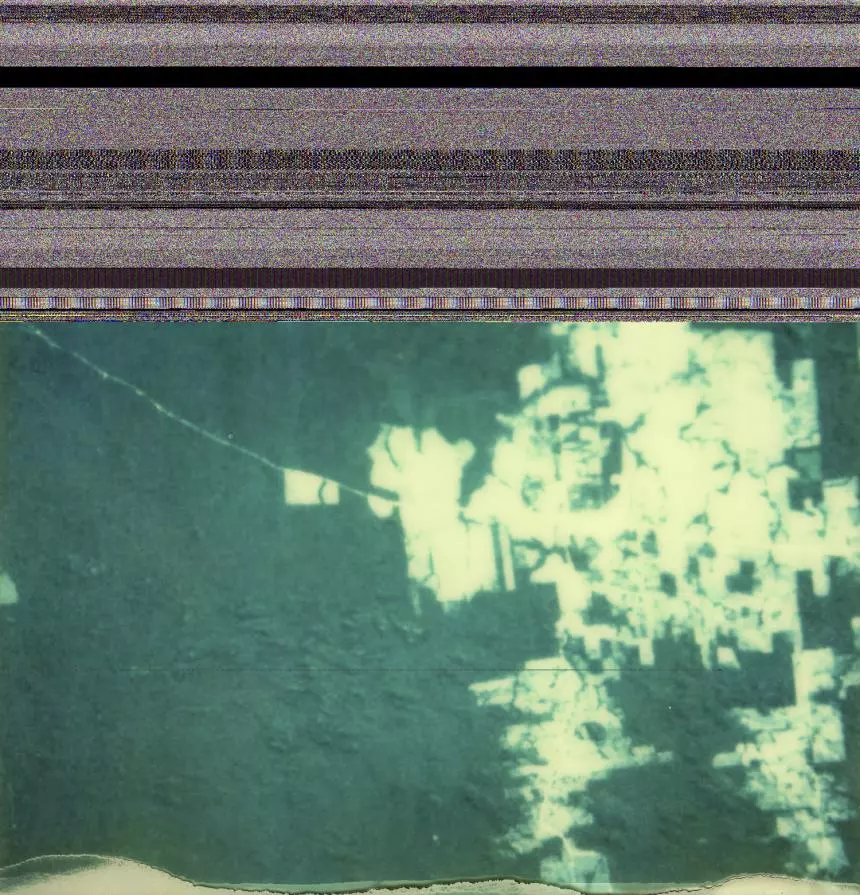
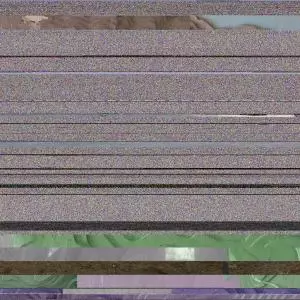
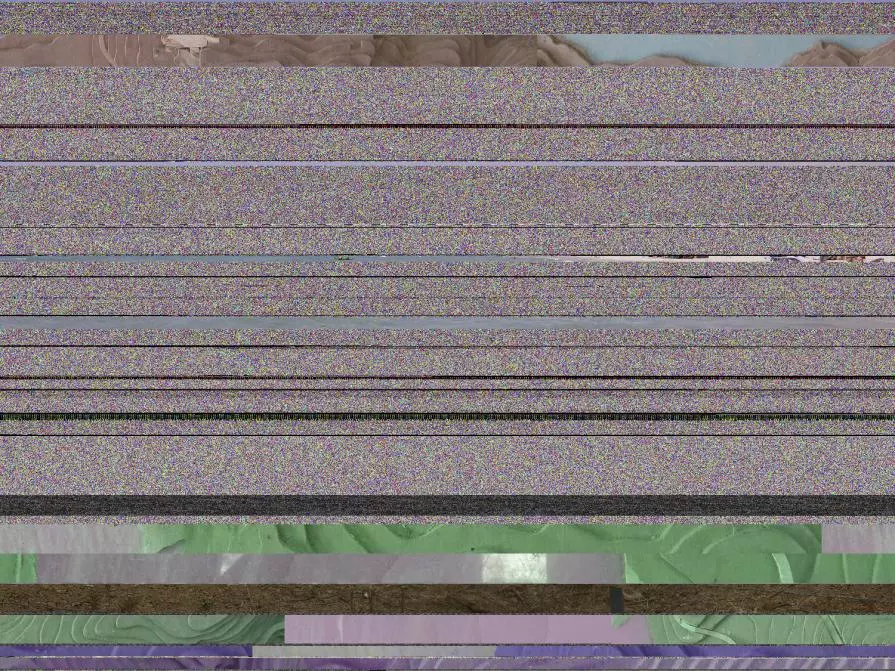
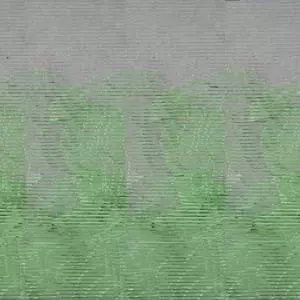


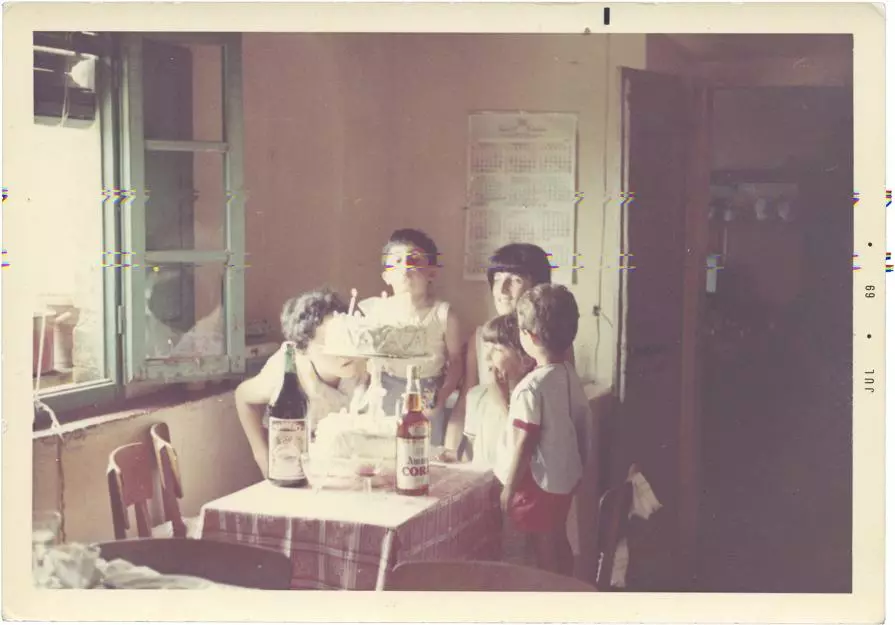
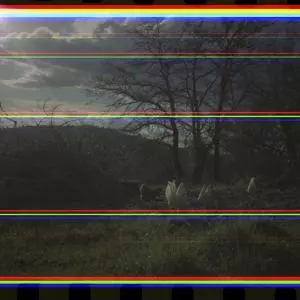
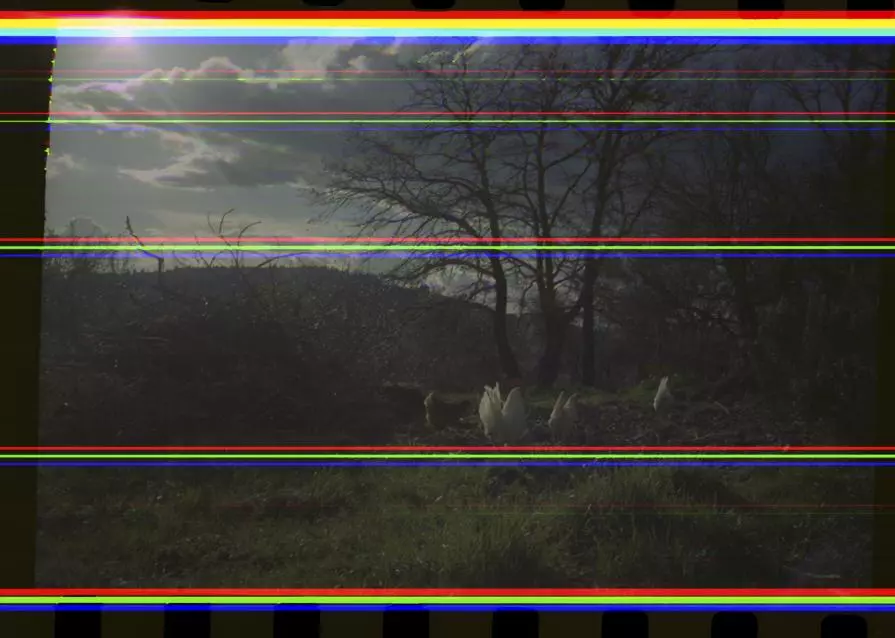

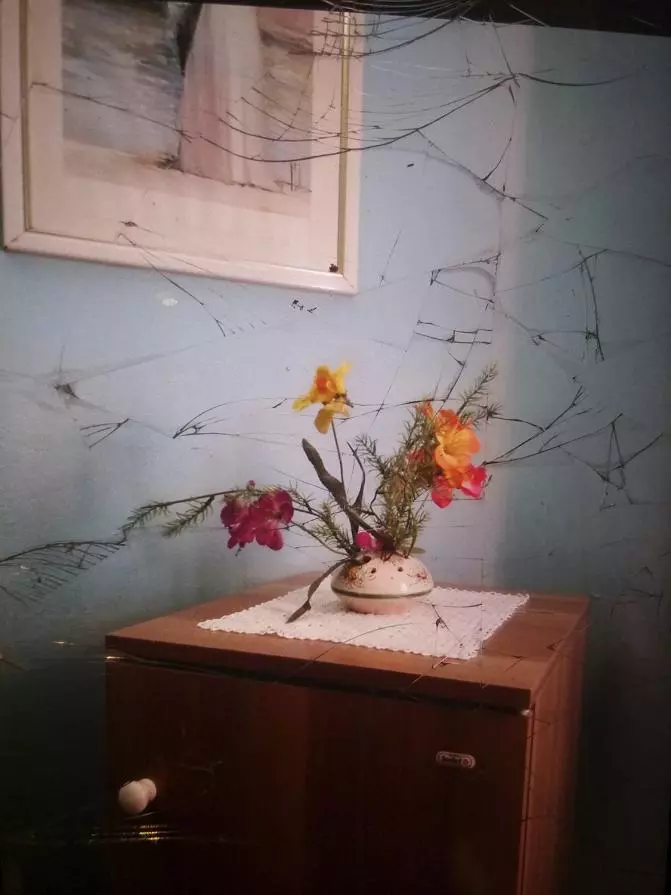

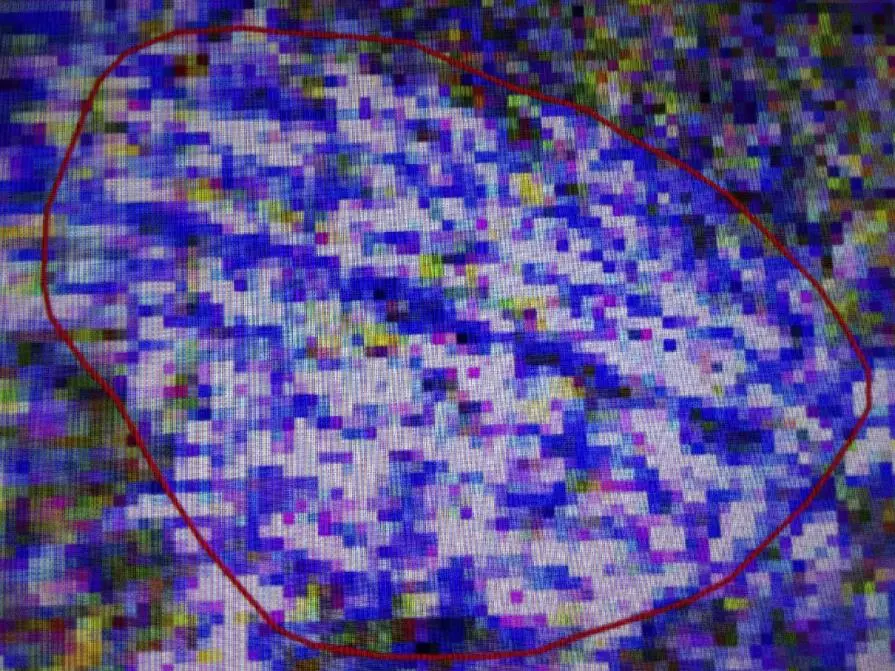
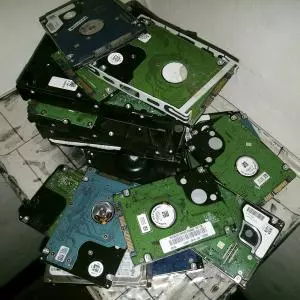

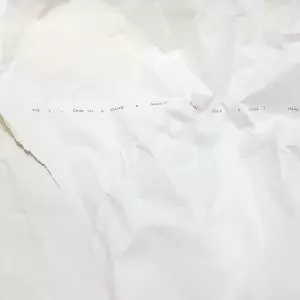






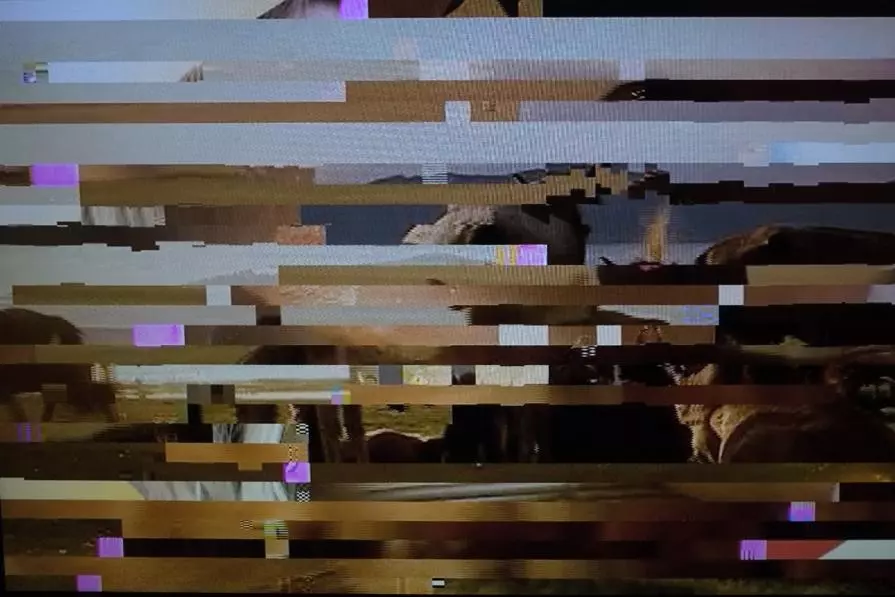

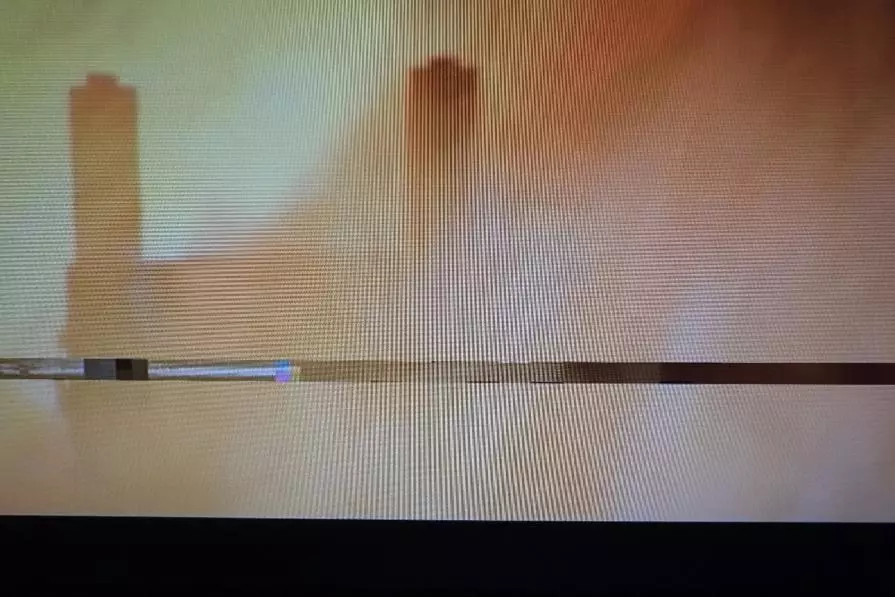
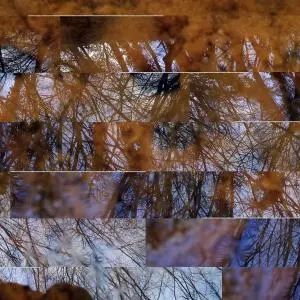


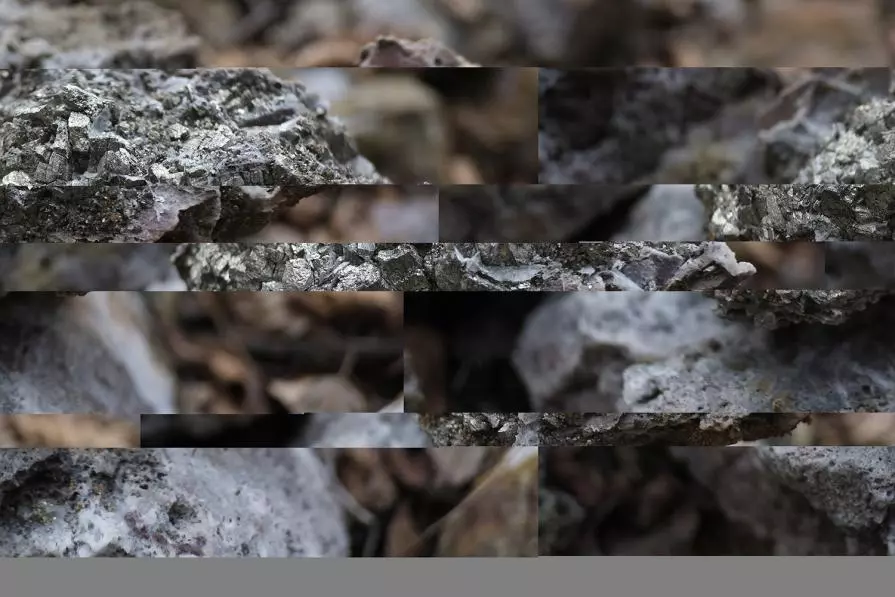

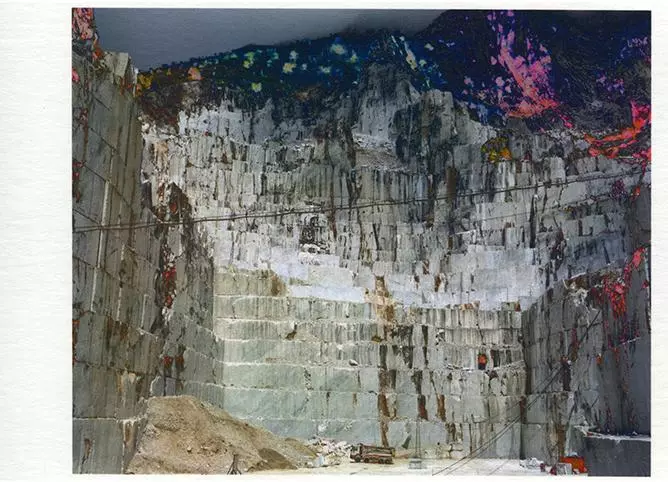

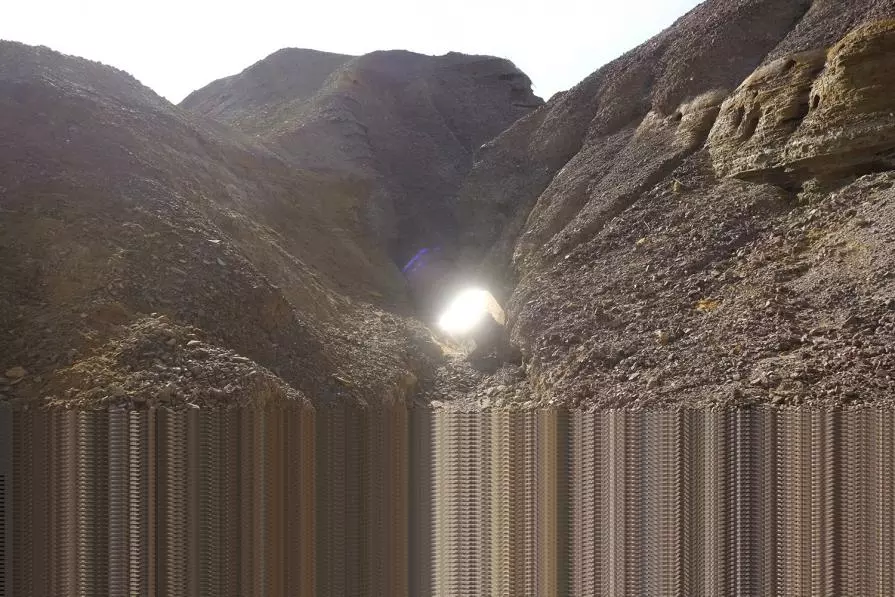
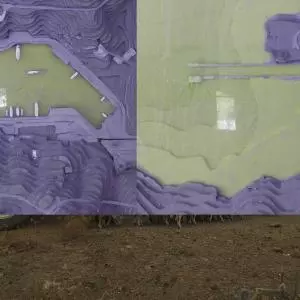
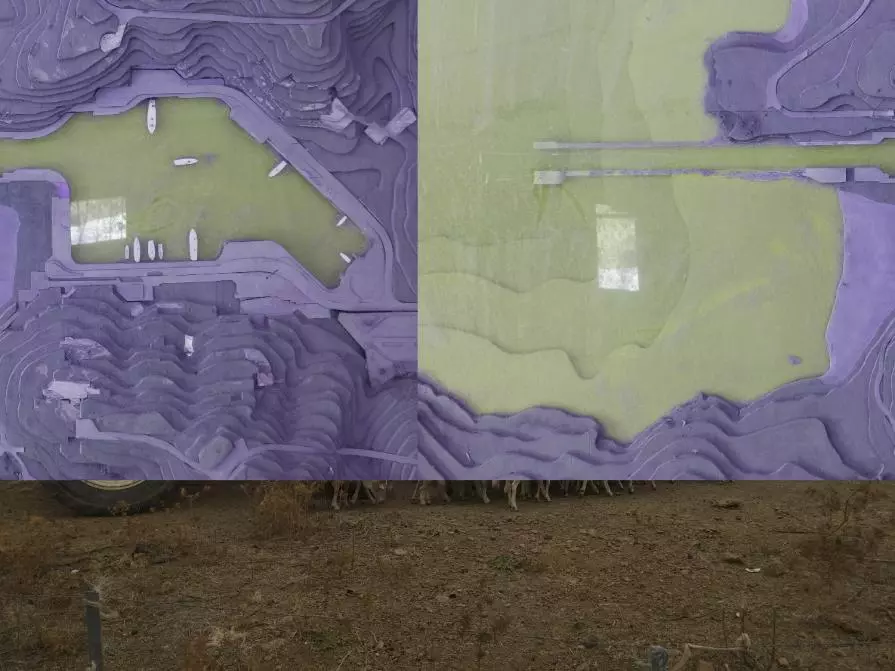

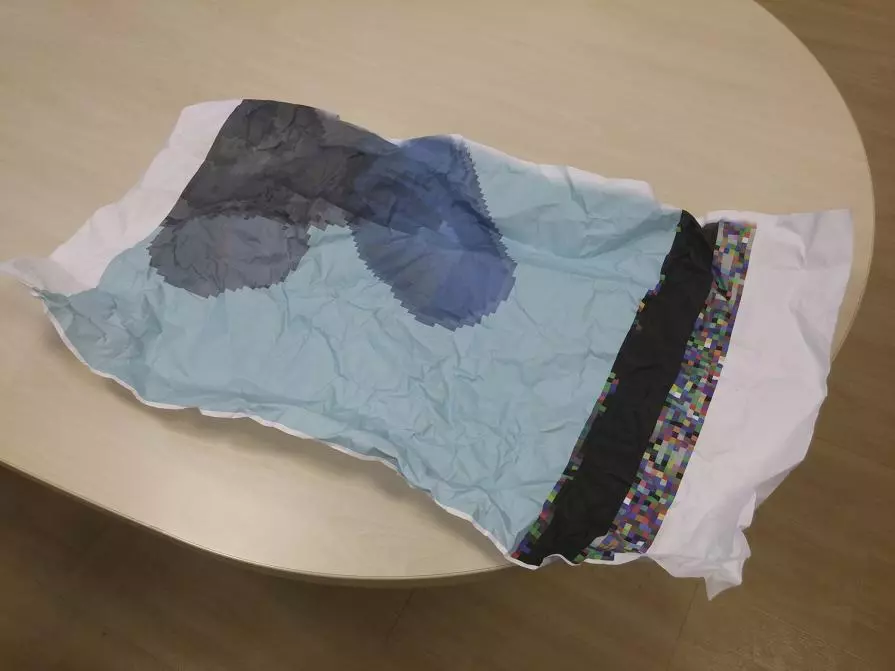

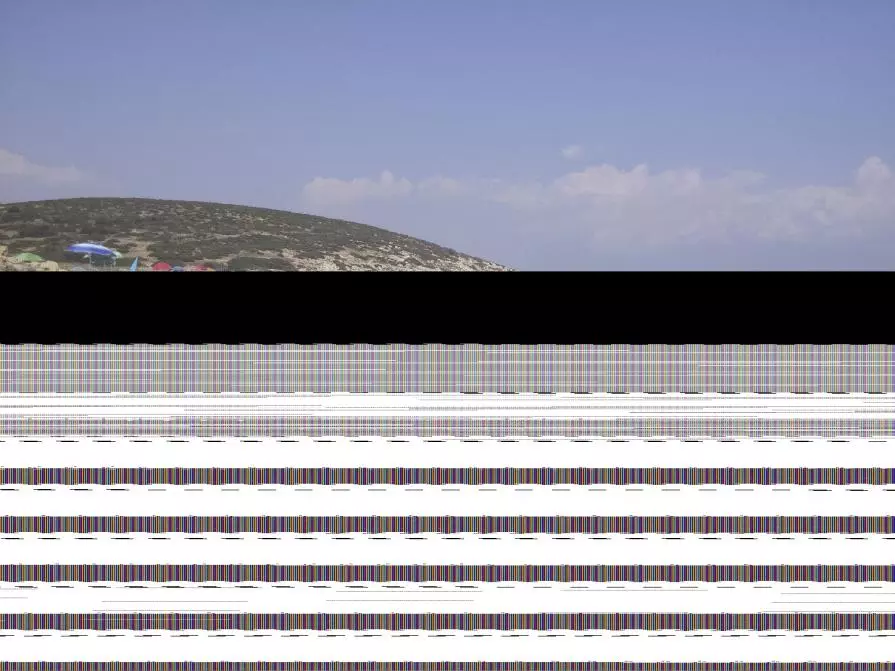

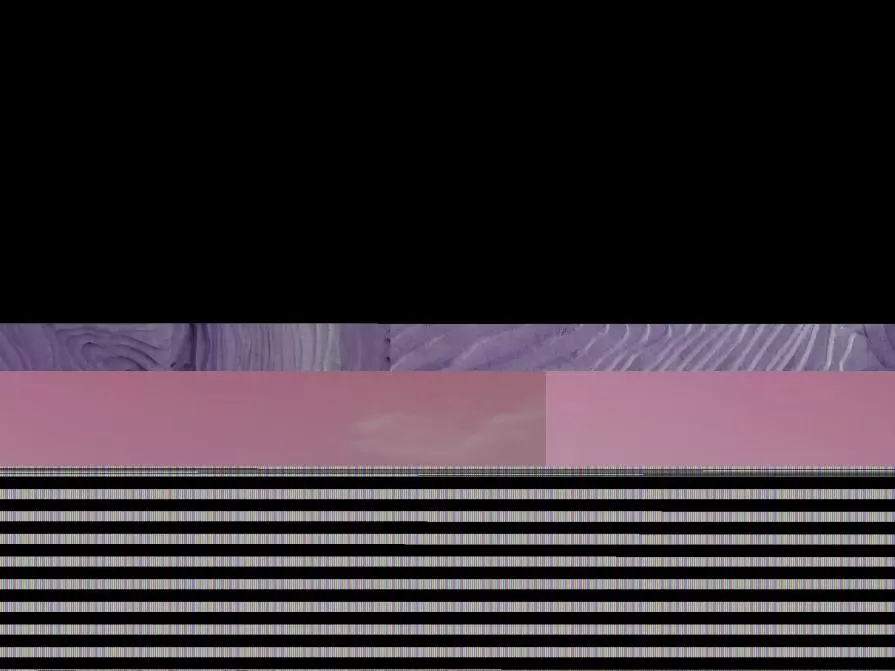



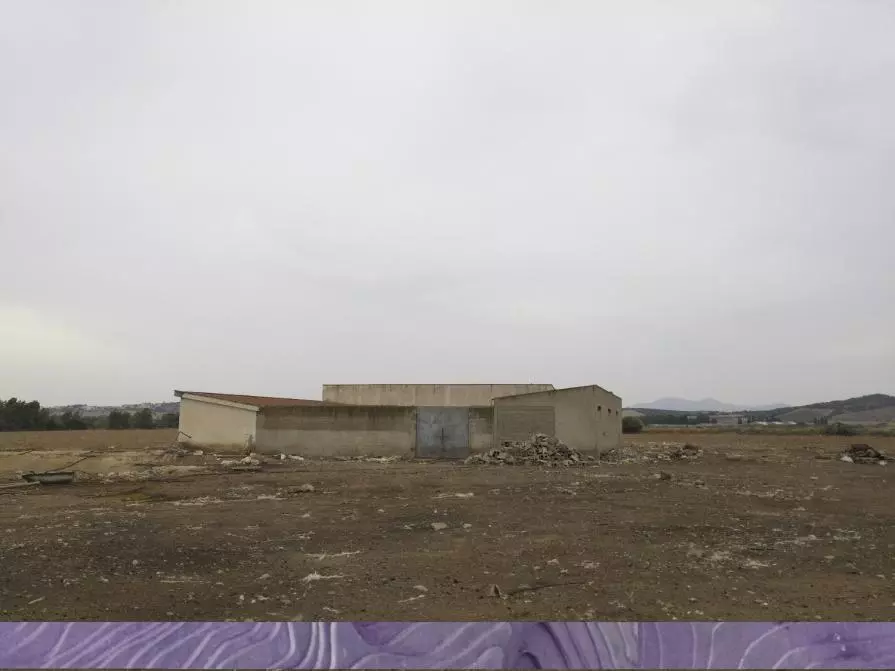


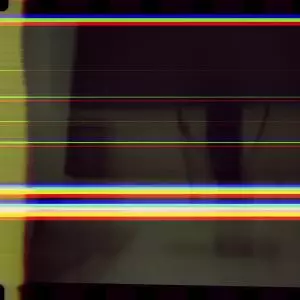



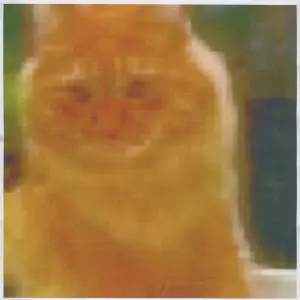
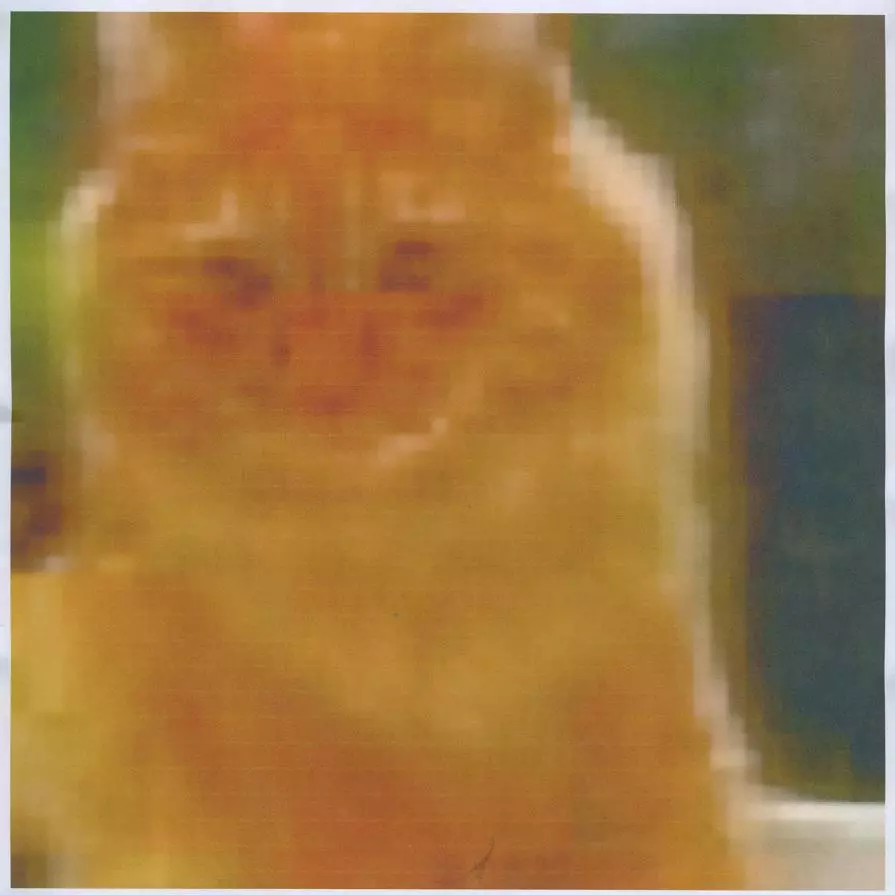


















Comments 1
Say something